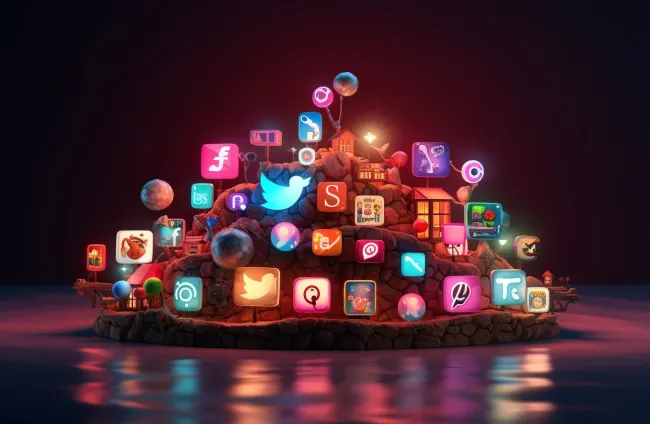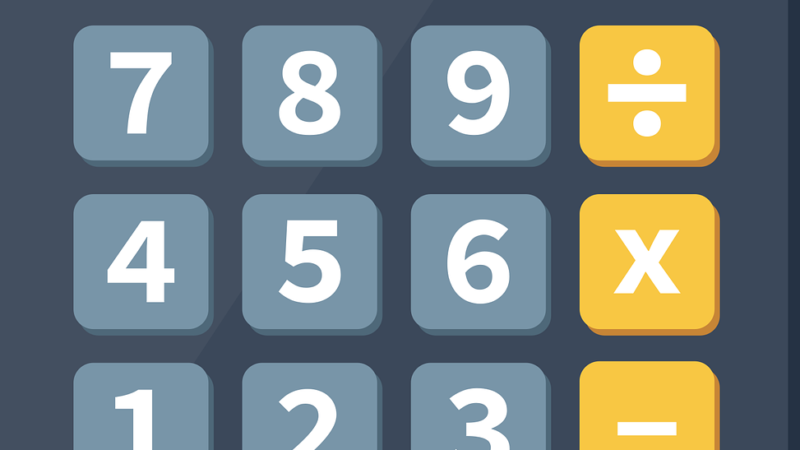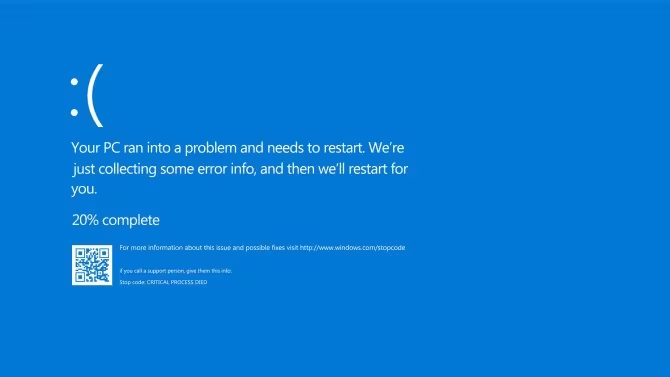What was the first social network in history?

The first social network to be launched on the Internet was Sixdegrees. The year was 1997 and this is his story.
Long before social networks such as Facebook, Twitter, Instagram or TikTok arrived on the Internet, the first social network in history was based on the idea of six degrees of separation, which states that it is possible to have contact with anyone on the planet using a maximum of five intermediaries and the recipient. Under this inspiration, the social network was named Sixdegrees and was born in 1997.
The advent of the Internet revolutionized the way we communicate, connect, and share information with each other, and one of the most prominent innovations in this digital age was the birth of social media. SixDegrees.com stands at the dawn of social networking because, although there were many different online communities and forums before the rise of social networks as we know them today, this website emerged as the first official social networking platform.
Its founder was entrepreneur Andrew Weinreich and its premiere on the Internet was a revolutionary innovation that allowed users to create profiles, connect with friends and meet new people through mutual connections.
The main features of SixDegrees were: being able to create personal profiles of each user , in which they could add personal information, interests and hobbies ; being able to connect with friends by sending friend requests and building a network of connections ; search for people , as the platform offered search functionality to find other users based on various criteria; send direct messages to other users or join groups based on shared interests, to participate in discussions and meet other like-minded people.
Despite its innovative features, SixDegrees did not succeed and was eventually sold in 2000. Despite its short time in operation, it was a pioneering social network that laid the foundation for the social networks that followed.
The first social networks
Following the launch of SixDegrees.com, numerous social media platforms emerged, each with its own unique features and functionality, including:
LiveJournal (1999):
Created by Brad Fitzpatrick , LiveJournal was initially designed as a platform for users to keep journals on the Internet and share their thoughts with others. Over time, the platform evolved to include features like friends lists and communities, which allowed users to connect and interact with each other.
Friendster (2002):
Project that was born from the hand of Jonathan Abrams. intended to create a more realistic representation of users’ social networks by focusing on the connections between friends of friends. The platform offered the creation of profiles, friend lists and the possibility of sharing content such as photos and testimonials.
LinkedIn (2002):
Launched by Reid Hoffman , LinkedIn was one of the first social networks designed specifically for professionals. Users could create profiles highlighting their work experience, education, and skills, as well as connect with colleagues, potential employers, and other professionals in their industry.
MySpace (2003)
Co-founded by Chris DeWolfe and Tom Anderson , this social network very quickly gained popularity for its customizable profiles, music integration, and blogging features. The platform allowed users to connect with friends, join groups, and discover new music from both mainstream and independent artists. It is his musical facet that everyone remembers the most.
Facebook (2004):
Founded by Mark Zuckerberg and his college roommates, Facebook started out as an exclusive platform for students at Harvard University (USA) before expanding to other universities and eventually to the general public. With its extensive features such as profiling, friend lists, messaging, and the ability to join groups and share various types of content, Facebook quickly became the dominant social network, and almost 20 years later, it still is , although it now shares part of the social media pie alongside other platforms we use today, such as Instagram, Twitter, Snapchat, and TikTok.




